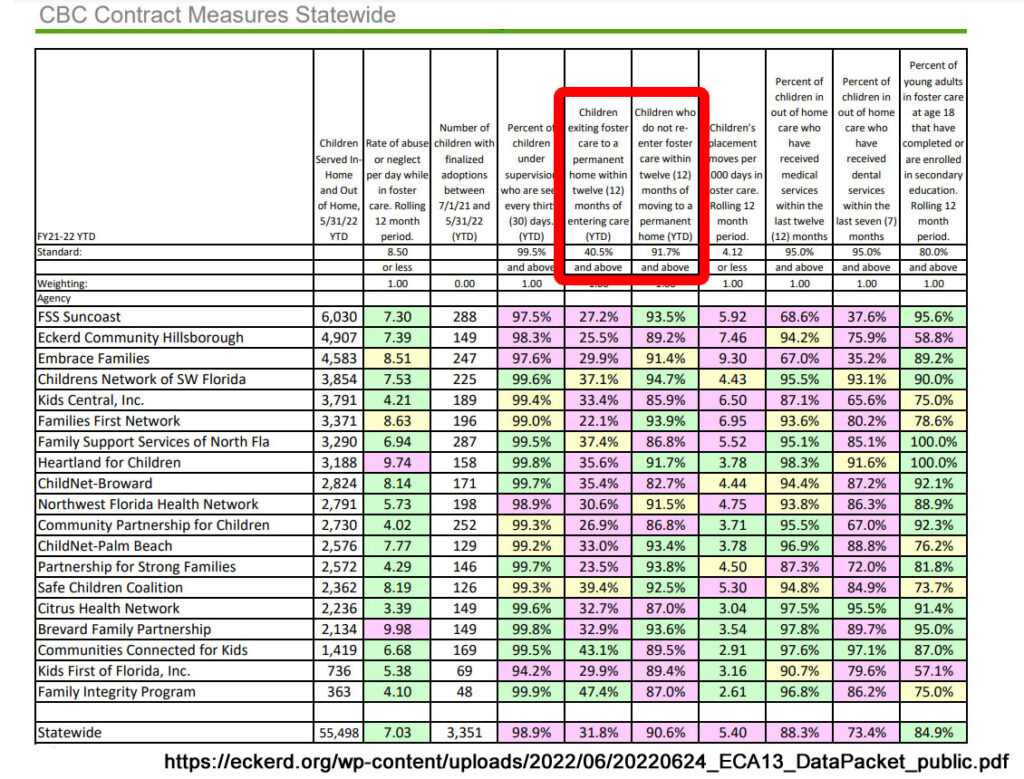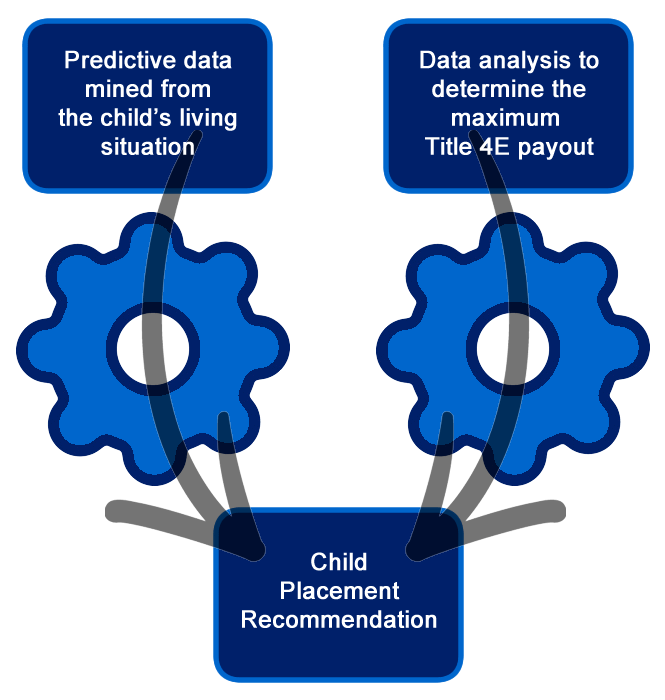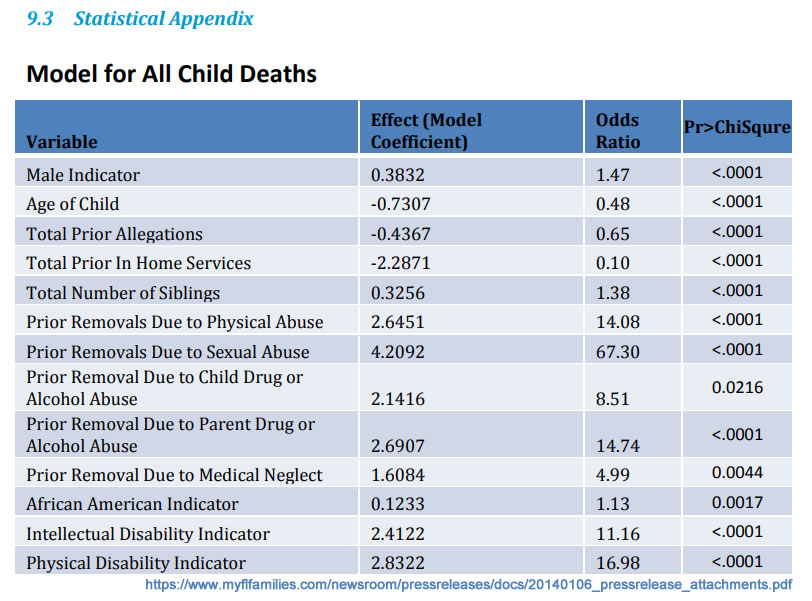AI May Have Taken Your Kids
A recent article revealed the fact that government agencies — including the Department of Children and Families — have been using computer systems to assist their assessment of child risk scenarios. Studies unearthed include reported failures of these systems including the wrongful termination of parental rights.
Several states have openly dabbled with predictive software from Eckerd (historically named ERSF, Eckerd Rapid Safety Feedback tool) over the past two decades that assist state-run child protection agencies like CPS in determining risks of children.
That means there’s the possibility a computer algorithm helped state agencies determine if you should parent your own kids.
At the time of this article it is still unclear how many programs were evaluated and which have continued or terminated. What is clear is that the program was once widespread. The Alliance for Strong Families and Communities website published a state by state analysis for all 50 states around 2017.
Several organizations are tied to the effort including the federal Commission to Eliminate Child Abuse and Neglect Fatalities (CECANF) which utilized technology from agencies such as Eckerd and Mindshare Technology — both run from Florida.
Today Eckerd still monitors programs weekly measuring “success factors” such as foster care permanent placement. Little to nothing is said about success of reuniting children with natural parents.

The state of Illinois openly denounced Eckerd results back in 2017 when their system assigned 4100 kids a 90% or better probability of death or injury in their current living situation.
Eckerd Kids Raised in Off-the-Grid Housing
As part of the Eckerd program, they spun off an alternative school that had teenagers (primarily girls) living outdoors in self-made shelters where the children make their own meals. While it is debatable whether these skills help or hurt kids, the bigger question becomes: How many of these kids are coming from foster care? If so, who is collecting the Title 4E benefits for fostering these children while these kids build their own homes and make their own meals? And, How objective was Eckerd is writing software that would ultimately recommend a path to potentially foster kids in their camps?
An online review site reports the school was closed in 2021 (under a revised school name) but they appear to be alive and well. The specific reasons are unclear but may have been tied to the fact that, while calling themselves a school, they could not break the 50% percentile for teaching the kids math and reading.
Predict Align Prevent
Predict Align Prevent has also entered the predictive child risk software space assisting Virginia, Arkansas, Washington, New Jersey, Oregon and New Hampshire.
Family court whistleblowers over the years have claimed that courts employ statisticians who understand the subtle nuances of the Federal funding programs like Title IV-D and Title IV-E to recommend court outcomes that will maximize court Federal income.
If true, it is not a stretch to believe that these two computer based systems have been or will be linked to automatically trigger actions that were in the financial benefit of the states. It would keep Title 4 D and Title 4 E funds flowing at maximum capacity.

Data used to model in both the Eckerd and Predict Align Prevent systems use indicators such as race and neighborhood targeting as data points in establishing risk; questionable practices at best.

At a time when people seem to stumble upon more questions than answers, it is concerning that the automation of our family court systems isn’t better known.
How big of a role do computer systems have in handing out judgments in cases?
No one on this side of the computer can quite say.
END OF ARTICLE – SOME SOURCES BELOW
Alliance for Strong Families and Communities
US Federal Commission to Eliminate Child Abuse and Neglect Fatalities (CECANF)
https://cybercemetery.unt.edu/archive/cecanf/20160323194611/https://eliminatechildabusefatalities.sites.usa.gov/files/2016/03/CECANF-final-report.pdf
See Page 41
MindShare Technology (Florida)
https://mindshare-technology.com/
GCN
Technology Transforming State and Local Government
https://gcn.com/?oref=gcn-nav
Predict Align Prevent
https://www.predict-align-prevent.org/
Working with:
– Virginia Department of Social Services
– Arkansas Division of Children and Family Services
– Washington Department of Children Youth and Families
– New Jersey Department of Children and Families
– Oregon Department of Human Services
– Oregon Health Authority
– New Hampshire Department of Health and Human Services
– Washington D.C. Child and Family Service Agency
191 page PDF describing CT use of ERSF
https://law.yale.edu/sites/default/files/area/center/mfia/document/dcf_production-min.pdf
CT
https://gcn.com/data-analytics/2016/07/saving-children-one-algorithm-at-a-time/299671/
Oklahoma
https://gcn.com/data-analytics/2016/08/county-turns-to-analytics-to-better-protect-at-risk-children/299418/
Mindshare/Mass
https://www3.bostonglobe.com/business/2014/05/07/why-fax-machine-persists-child-abuse-cases/OikPnPkzaIgU87x3LfEGXL/story.html?arc404=true
Louisiana
https://www.alliance1.org/web/policy/within-reach/states/louisiana/web/policy/within-our-reach/state-activity/louisiana.aspx?hkey=876841aa-deb0-4ec5-abe3-1fe6a2aab73d
Alaska
https://www.alliance1.org/web/our-work/safety-and-resilience/within-our-reach-office/states/alaska/web/our-work/safety-resilience/within-our-reach/state-activity/alaska.aspx?hkey=871031ed-1417-453d-8a86-6ec188fbe07f